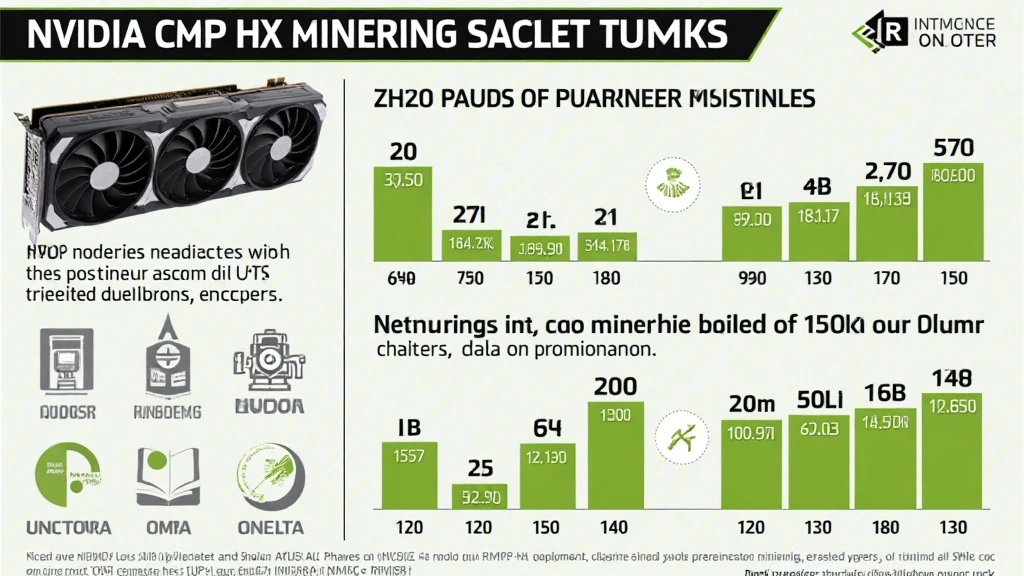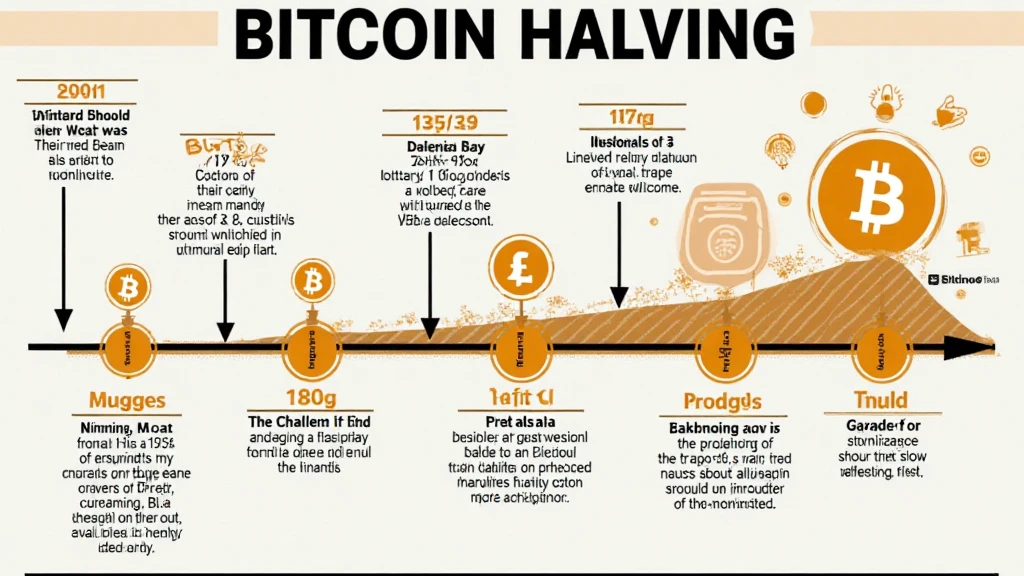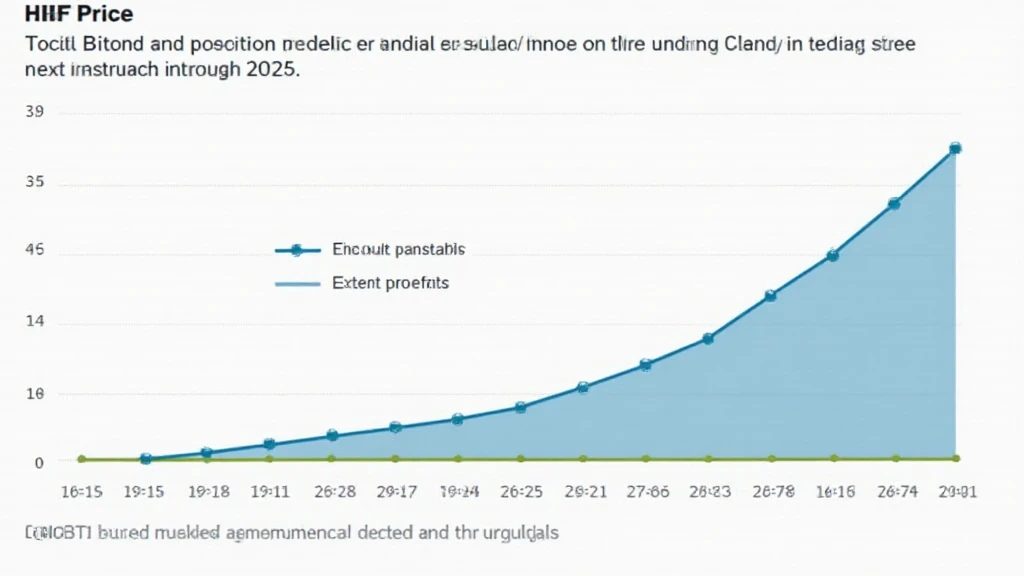Understanding Bitcoin Network Hashrate Distribution Analysis
With over $1 trillion invested in the Bitcoin ecosystem, understanding the hashrate distribution has become crucial for both investors and enthusiasts. The hashrate of the Bitcoin network represents the total computational power used to validate and secure transactions. A robust understanding of how this hashrate is distributed across various mining pools can unveil insights into market dynamics, potential risks, and the overall health of the Bitcoin ecosystem.
Why is Hashrate Distribution Important?
The hashrate distribution impacts network security and stability. A concentrated distribution could make the network vulnerable to attacks, whereas a decentralized distribution enhances security and promotes fairness.
Let’s break it down:

- A concentrated hashrate can lead to 51% attacks.
- A diversified hashrate ensures transaction validations are spread across multiple entities.
- Changes in hashrate distribution can indicate shifts in miner sentiment or market trends.
An Overview of Mining Pools
Mining pools are groups of miners who share their computational resources to increase their chances of successfully mining Bitcoin blocks. The most significant pools include:
- AntPool
- F2Pool
- BTC.com
- Poolin
According to recent data from hibt.com, AntPool accounts for approximately 20% of Bitcoin’s hashrate, while F2Pool follows closely at around 16%. Understanding these distributions can help pinpoint where the majority of computational power lies and reveal the implications for network decentralization.
Impact on Security and Decentralization
The security of the Bitcoin network relies heavily on how hashrate is distributed among mining pools. If one pool controls a majority of the hashrate, it poses a threat:
- 51% Attacks: This occurs when a single entity or coalition of miners gains control of more than 50% of the network’s hashrate, allowing them to manipulate the blockchain.
- Market Manipulation: A few dominant pools can manipulate mining rewards and influence transaction priorities.
- Diminished Trust: Users may lose confidence in the network, leading to reduced participation and investment.
Historical Hashrate Distribution Trends
Analyzing historical trends can provide valuable insights into how Bitcoin’s network has evolved. The hashrate distribution has shifted significantly since Bitcoin’s inception in 2009. Initial mining was dominated by individuals with CPUs, transitioning to GPUs, and finally to dedicated ASIC miners.
The table below illustrates the hashrate distribution over the years:
| Year | Dominant Pool | Hashrate Percentage |
|---|---|---|
| 2010 | Slush Pool | >90% |
| 2015 | AntPool | ~15% |
| 2020 | F2Pool | ~19% |
As depicted, the rise of several competing mining pools has diluted the dominance of any single entity, which is a positive sign for network health and decentralization.
Regional Breakdown of Mining Pools
The geographical distribution of Bitcoin miners also affects the overall hashrate distribution. For example, the expansion of mining operations in Vietnam has contributed to the growing diversity of the network. Recent statistics indicate that:
- Vietnamese miners now account for approximately 7% of the global hashrate.
- Local investments in mining infrastructure have increased by 30% in the past year.
This growth indicates a strengthening local interest in crypto, making Vietnam a critical player in the global Bitcoin landscape.
Forecasting Future Trends
Looking ahead, the hashrate distribution may evolve with the introduction of new technologies and economic factors. Emerging players in the mining sector, changes in energy costs, and regulatory developments will significantly impact future distributions.
For instance, as countries like Vietnam work towards a more blockchain-friendly environment, we can expect an increase in local mining participation, further diversifying the mining hashrate landscape.
Conclusion
Understanding Bitcoin network hashrate distribution is essential for assessing the security and viability of the cryptocurrency’s infrastructure. As hashrate distribution becomes more varied and decentralized, it enhances the network’s resilience against potential attacks.
To summarize, paying attention to hashrate trends helps stakeholders, miners, and investors make informed decisions. As the market matures, adapting to these changes will be crucial for longevity and security.
In 2025, keeping an eye on trends such as decentralized mining pools and emerging markets like Vietnam will be vital for investors looking to navigate Bitcoin’s evolving landscape.
For more insights on the crypto market and technical analysis, visit allcryptomarketnews.
Written by Dr. Jane Smith, a blockchain security expert, who has published over 15 papers in leading journals and led audits for several prominent crypto projects.





